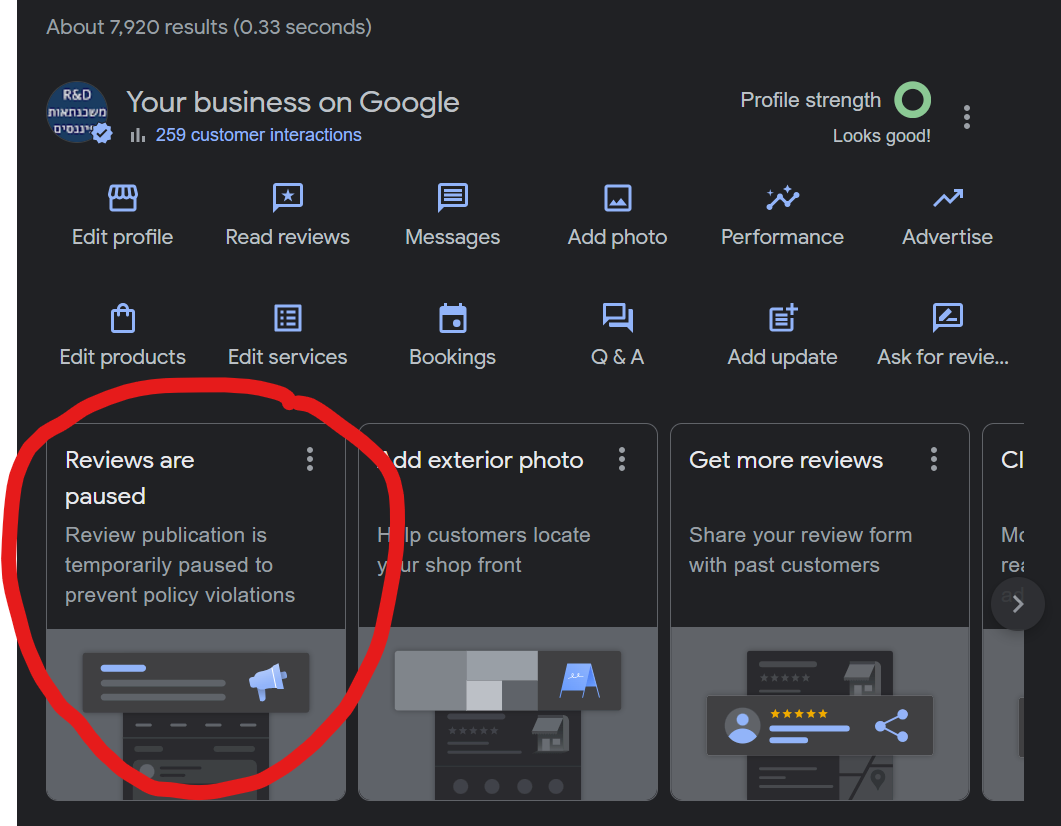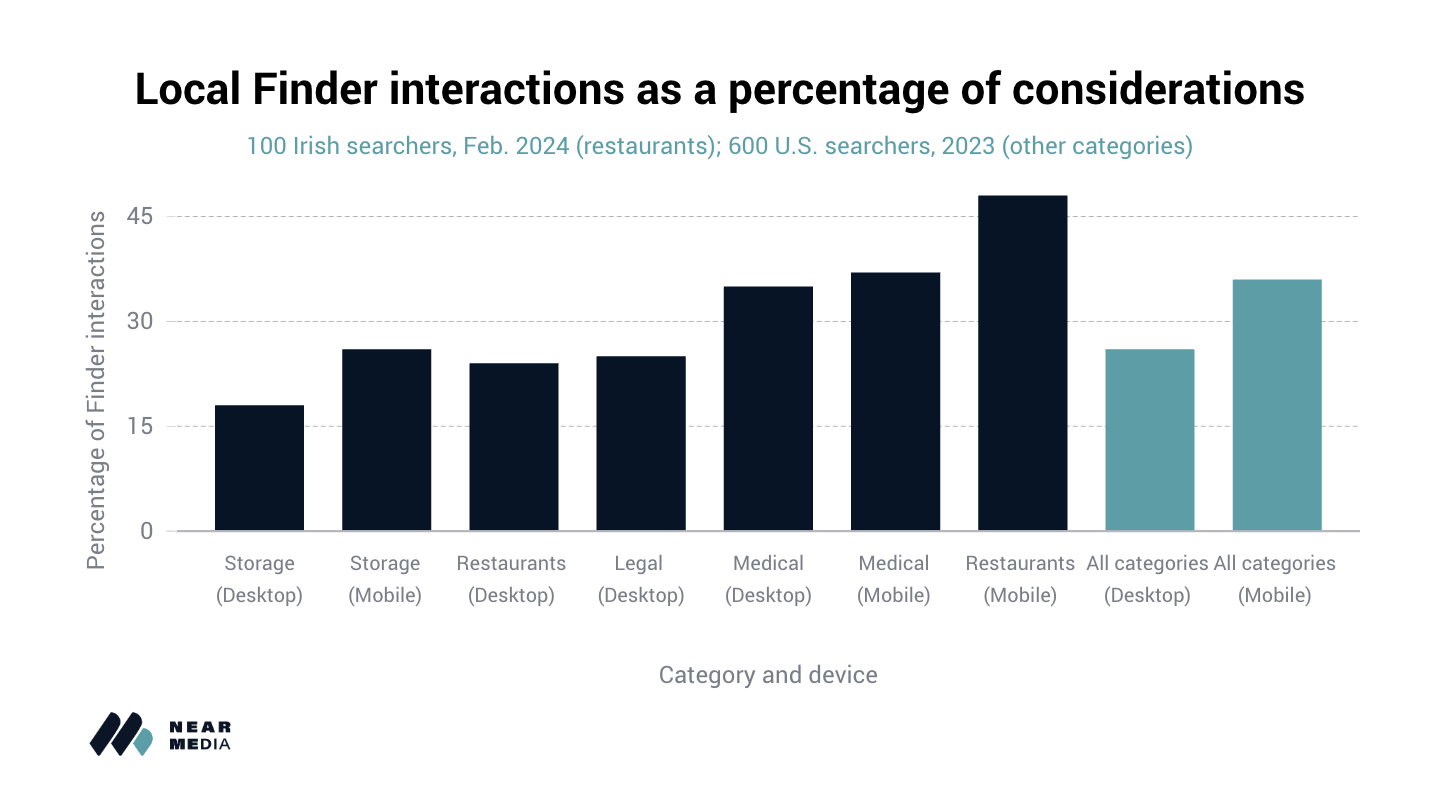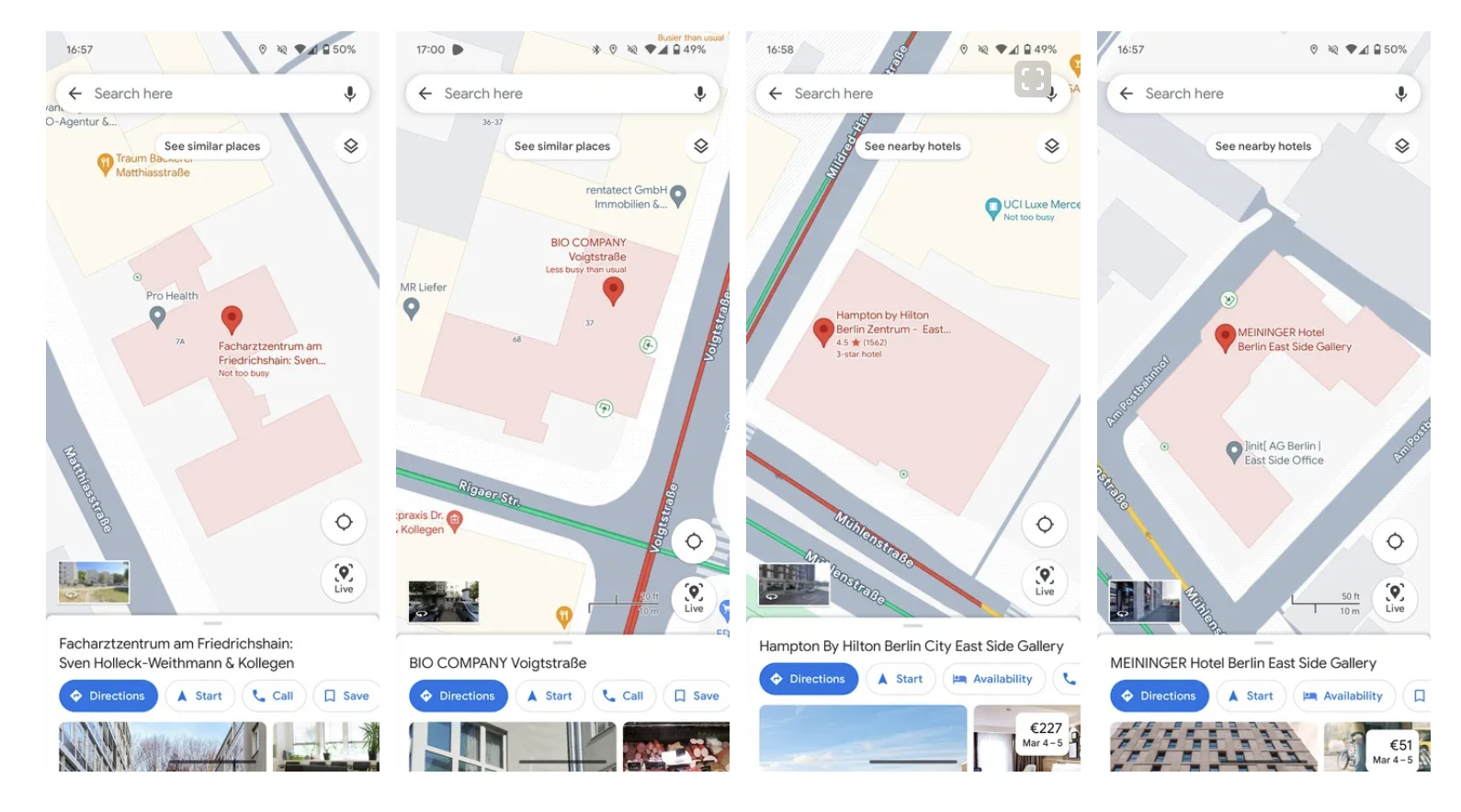Local Memo: Google Search Console Drops Page Experience Report, Adds Recommendations
Local Memo: March Core Update Aims to Reduce Unhelpful Content by 40%

Local Memo: March Core Update Aims to Reduce Unhelpful Content by 40%
In this week’s post, learn about the rollout of the March Core Update; Google’s blockage of reviews in Israel and Gaza; a widespread outage on Meta platforms; the disabling of Google Business Profile websites; how often users click through to the local finder; and entry points for buildings in Google Maps.March Core Update Aims to Reduce Unhelpful Content by 40%
Google launched the March Core Update yesterday, aiming to achieve a 40% reduction in unhelpful and unoriginal content in search results. The update will roll out over a full month, according to the company, and will impact all types of content, all regions, and all languages. Several of Google’s core ranking systems will be updated as a group, but not necessarily at the same time, so the impact of the update for particular websites may not be felt until later in the cycle. A Google spokesperson told Barry Schwartz that the update might especially impact sites with content written to rank for particular queries. Helpful content, the target of this update, is now part of Google’s core systems.Google Blocking Reviews in Israel and Gaza
Google has blocked review content for businesses in Israel and Gaza, according to a report from Mike Blumenthal. New reviews, photos, and videos were all blocked in Google Business Profiles starting shortly after the Gaza conflict began last year. Some businesses in the region are seeing a notice in their Google Business Profiles interface stating, “Review publication is temporarily paused to prevent policy violations.” Blumenthal reminds us of this Google statement from 2022: "When there’s an upcoming event with a significant following — such as an election — we implement elevated protections to the places associated with the event and other nearby businesses that people might look for on Maps."
Notification about paused reviews, courtesy Near Media
Widespread Outage Takes Facebook and Instagram Down
A “major disruption,” according to a statement from Meta, caused Facebook and Instagram to go down for millions of users on March 5. Some half a million users reported issues logging in to the platforms on the website Down Detector. Meta’s Ads Manager was also impacted by the outage, which lasted part of the day with service eventually restored.Google Business Profiles Websites Disabled
Google previously stated that the free website tool connected to Google Business Profiles would be shut down effective March 1, but it took until March 5 for the tool to be disabled, according to a report from Barry Schwartz. Website addresses now redirect to the business profile for that business; this will stop working as of June 10, according to company statements.Local Finder More Popular Than You Might Think
Research from Near Media indicates that users click through from the local pack to the local finder more often than many SEOs tend to believe. Though we often say that only page one matters — meaning the first three results for business profiles, as shown in the local pack — Near Media’s research into actual user behaviors indicates that desktop searchers look at local finder results 26% of the time, and mobile users do so 36% of the time. Mike Blumenthal observes that users are more likely to visit the local finder “in cases where reviews are more critical and have a bigger perceived impact on the final choice.” He also rightly observes that these behaviors differ significantly by vertical; they probably also differ by market.
Courtesy Near Media
Google Maps Testing Building Entry Points
Some users are seeing a feature in Google Maps that indicates the entry point for a building. This appears to be a limited test on Android devices, but applies to a broad base of location types, including hotels and stores in New York, Las Vegas, and Berlin. The interface shows a green circle icon with an arrow indicating the point of entry.
Courtesy 9to5Google
Subscribe to Local Memo!
Signup to receive Local memo updates and the latest on localized marketing, delivered weekly to your inbox.







